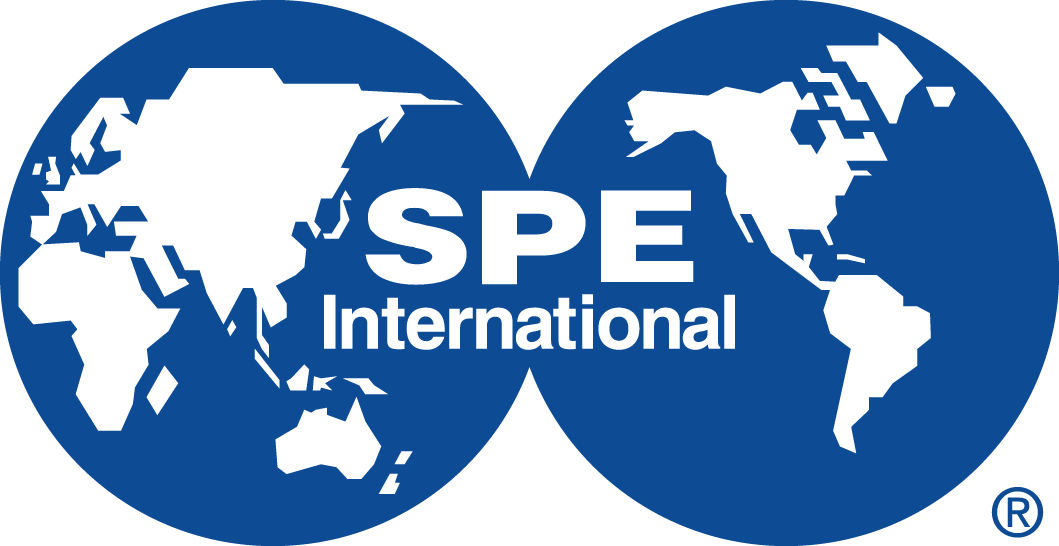-
60 mins
-
90 mins
Chairs: Mark Clapp, Baker Hughes; Manuel Marya, SLB
The key chemical reactions involved with CCS material performance will be discussed in this session. The important differences versus typical oil field environments, such as the presence of oxygen and contaminants will be addressed. Downhole interactions in depleted O & G reservoirs or Saline zones will be considered.
Presentations:
Insights on Thermodynamics Acid Formation Impacting Material Performance
Evin Harold, VallourecThe Importance of Water Phase Behavior and How it Affects Material Selection Processes in CO2 Wells
Chris Harper, Baker HughesAlteration of Formation Fluids at the CO2 Saturation Front
Julie O'Leary, Burns and McDonnell
-
30 mins
-
90 mins
Chairs: James Cron, Geostock Sandia; Russell Bentley, WSP
Topics to be covered are CCS well design, including how to plan for and mitigate low pH reservoir influences (external issues), borehole conditions (internal issues), and wellhead and Christmas Tree (surface issues). We will build off earlier discussions in Session 1 and begin to incorporate tangible design criteria that pertain to specific operational PVT conditions. For example, what are the operating ranges of pressures, volumes (rates), or temperatures expected, and how should those guide the design? How “pure” or “water-free” is the CO2 to be injected, and how do various contaminants, such as free oxygen in the injectate and the Cl⁻ content in the reservoir fluid, affect the choice of construction materials? Finally, we'll address practical considerations for material selection, given concerns around availability, lead times, and cost, which may impact project viability.
Presentations:
Specification of Standard Materials for CCS Wellbore Completions
Paul Maxwell, CRALong Term CCS Completion - Design and Metallurgy Review
Jose Iguaz, Baker HughesCO₂-Resistant Cement Systems: Design Principles and Deployment in CCS Wells
Geoff Landry , SLB
-
90 mins
-
90 mins
Chairs: Jalal Jalali, Blue Sky Infrastructure; Manuel Marya, SLB
This session will give an overview of the construction materials currently in use and also in need of new testing and qualification. Primarily covered are existing API 5CRA and proprietary grades for tubulars, wellhead and completion equipment. Key questions include: (1) determining the right environmental parameters to properly set up test lab testing to replicate downhole conditions. (2) determining the types of lab and scaled-up tests in that need to be performed (e.g., corrosion and others), and of key importance (3) the outcome from the tests that deem the material suitable for use in tubulars, wellhead or completion equipment (including acceptance criteria).
Presentations:
Screening of Tubular Materials for CCUS: Chloride Ion, Impurity Levels
Atsushi Soma, Nippon Steel North AmericaCorrosion Behavior of Martensitic Stainless Steels in CO₂-Saturated NaCl Solutions Containing Multiple Impurities
Ryosuke Tachi, JFE SteelPerspective on Material Selection and Testing for CCS Well Completions
Khlefa Esaklul, OXY
-
30 mins
-
90 mins
Chairs: Sarah Chan, U.S. DOE; Will Lamberth, Onium Engineering
This session will expand on specific test outcomes and the role of modeling in assessing corrosion evolution over longer-time. We will contemplate the potential as well as any challenges associated with new/proprietary material grades for application in CCS. Coated/lined tubulars and other down-hole non-metallics will be discussed as well as the application/effectiveness of existing corrosion models for these materials.
Presentations:
Progress and Challenges Associated with Modeling of CO2 Corrosion in Downhole CCS Applications
Srdjan Nesic, Ohio University, Institute for Corrosion and Multiphase TechnologyManaging Corrosion in CCS Wells Through Proper Coating Selection and Evaluation
Michael Adams, NOV
-
60 mins
-
60 mins
-
90 mins
Chairs: Lonny Jacobson, University of North Dakota, EERC; Hugo Costeno, SLB
Despite the best well design practices and material selection, factors such as long-term exposure, equipment limits, changes in the operating environment, installation deficiencies, or other issues can lead to fluid leaks through wellbores. This session will cover surveillance and monitoring techniques, procedures, and tools to proactively identify potential or existing wellbore leaks, enabling early corrective actions to prevent or mitigate their effects.
Presentations:
Lifecycle Monitoring of Downhole Tubulars in CCS: Technologies, Challenges, and Best Practices
Alec Nettleton, SLBMonitoring at Decatur Illinois
Sallie Greenberg, Sallie Greenberg ConsultingTesting and Monitoring Strategies from the Regulatory Perspective
Richard Suggs, North Dakota DMR
-
30 mins
-
90 mins
Chairs: Corey Shircliff, Cavern Solutions; Russell Bentley, WSP
Discussions will focus on facility impacts when site monitoring reveals potential remediation work ahead. In many cases, either downhole or surface related remediation efforts will involve some downtime for the injection operations. With proper planning, Operators can minimize the amount of downtime spent and get injection (and cashflow) started again more quickly. The session will frame potential problems and evaluate options to address these facility impacts.
Presentations:
Integrating Risk Analysis with Remediation Strategies for CO2 Sequestration
Joshua Bruce-Black, Baker RiskAddressing Corrosion Problems with Minimum Facility Impacts: Lessons Learned from Gas Storage Field Applications
Dallas Longshore, SubTerraStrategy to Prevent and Monitor Well Corrosion in Strategic Biofuels Project
Mariana Carolina Barbera, SLB
-
90 mins
-
90 mins
Chairs: Gabe Casanova, Advanced Resources International; Jason vanderKooi, Battelle
Presentations will address key learnings from operating projects. Discussions will be on real world examples of operations and expand on lessons learned by observations and examples of corrosion avoidance or remediation over the lifespan of the projects.
Presentations:
CO₂ Sequestration Wells: Metallurgical Design & Operational Insights
Kent Evans, EquinorEvaluating Metallurgy and Corrosion in CO2 Injection Wells: A Comparison of Field Results with Lab Testing for CCUS Applications
Elliott Beard, William Carr, Afolabi Amodu, ExxonMobilDecatur CCS Projects: A Case Study
Sallie Greenberg, Sallie Greenburg Consulting
-
30 mins
-
90 mins
Chairs: Corey Shircliff, Cavern Solutions; Sarah Chan, U.S. DOE
This session will discuss the combination of material selection, operational design and surveillance/monitoring that can result in an ALARP Design. We will incorporate the role of CCS-specific regulatory requirements on material selection and the importance that is played by a common understanding between Operator and Regulator on material performance and risk.
Presentations:
Wells Materials Selection to meet Regulatory and Safety Needs while Maintaining Affordability
Brian Chambers, ShellWyoming's Monitoring Strategies for Class VI Wells
Lily Barkau, Wyoming Department of Environmental QualityKey Takeaways and Next Steps
Adam Aylor, ExxonMobil; Joe Spencer, Baker Hughes

